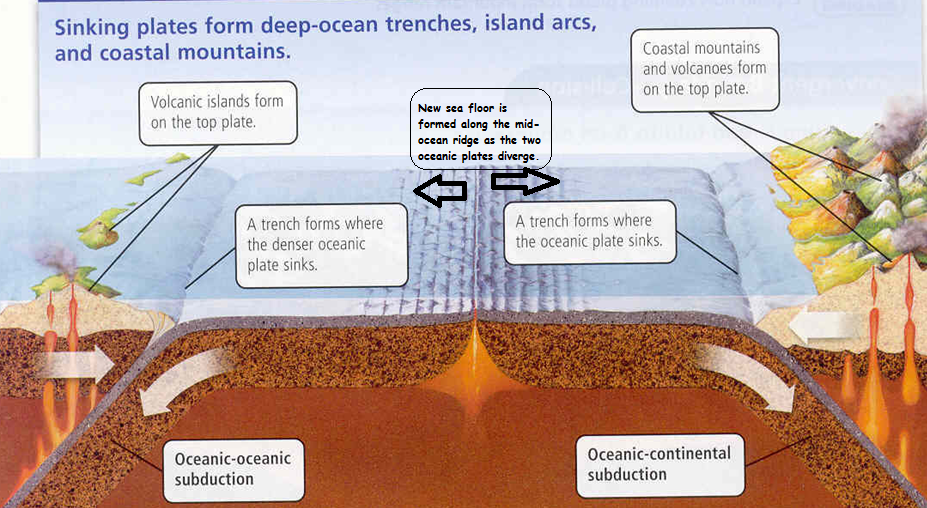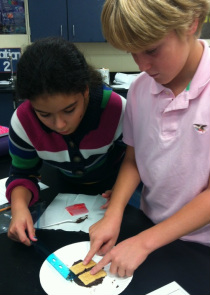Warm-up: *Turn in homework in your hw cubby (quiz grade)
1.What are the 5 properties a mineral has to have?
2.Name 2 minerals
3.When continental and oceanic plates converge, _____________ and ___________ are created.
Classwork:
Go over edmodo rules
Puzzle station- Minerals
Homework: *Join edomo (I’m missing 3). NO HOMEWORK. Yay =)
Warm-up: No warm-up. Outdoor classroom =)
Classwork: outdoor classroom.
Identify items as mineral/non-mineral
Minerals notes
Identify items as mineral/non-mineral
Homework: Earthquake vs Volcanoes webquest (quiz grade)
No warm up. CRCT science Check Points.
Homework: Complete Volcano vs Earthquake webquest handout by Friday. (Electronic copy on edmodo)
Join edmodo by Friday.
No warm up. CRCT science Check Points.
Homework: Complete Volcano vs Earthquake webquest handout by Friday. (Electronic copy on edmodo)
Join edmodo by Friday.
Warm-up: No warm-up. Quiz day.
Classwork: Quiz & finish stations (and bonus questions)
Homework: Join Ms. Kwon's edmodo group.
Warm-up: Self-Reflection
Summarize what you’ve learned in this lesson(3 sentences). What was most interesting to you and why? How will you study this material so you can remember in the future? What else would you like to learn about this topic? (3 sentences)
Classwork: Tectonic plates review stations & study station
Homework: study for quiz [see attachment for plate boundary chart. You should be able to identify type of plate boundary and land features that are formed by looking at an image- and/or be able to illustrate what happens along each type of boundary. Please see image below to study what happens along o-c divergence, o-c convergence, o-o convergence. Also know what happens along transform boundry, c-c divergence, c-c convergence]

| plate_tectonics__boundaries_key.docx |
| File Size: | 794 kb |
| File Type: | docx |
Download File
1.Start by writing what happened in each part, then state the hypothesis`. (example: In part 1, I pulled crackers away from each other and frosting was exposed. I hypothesized that if I pull the crackers apart, then….My hypothesis was correct, because…. Do this for each part. Then write how this is related to what happens on earth. Part 1 demonstrates…because the crackers moving away represents divergent boundary and....is formed.)
***Remember to treat each part of the lab as separate lab. Just because crackers represent continental crust in part 2 doesn't necessarily mean that it's continental crust in part 1***
Warm-up:
1.________ __________ is the reason behind the movement of tectonic plates.
2.The definition of convection current is:
3.Scientists predict that earth’s plates move about: a. 4cm/yr b. 4km/yr c. 4 in/yr
Classwork:
lab write-up
discussion
check plate boundary chart
Homework: "Theory of plate tectonics" hand out. [DO ONLY ONE SIDE.


 RSS Feed
RSS Feed